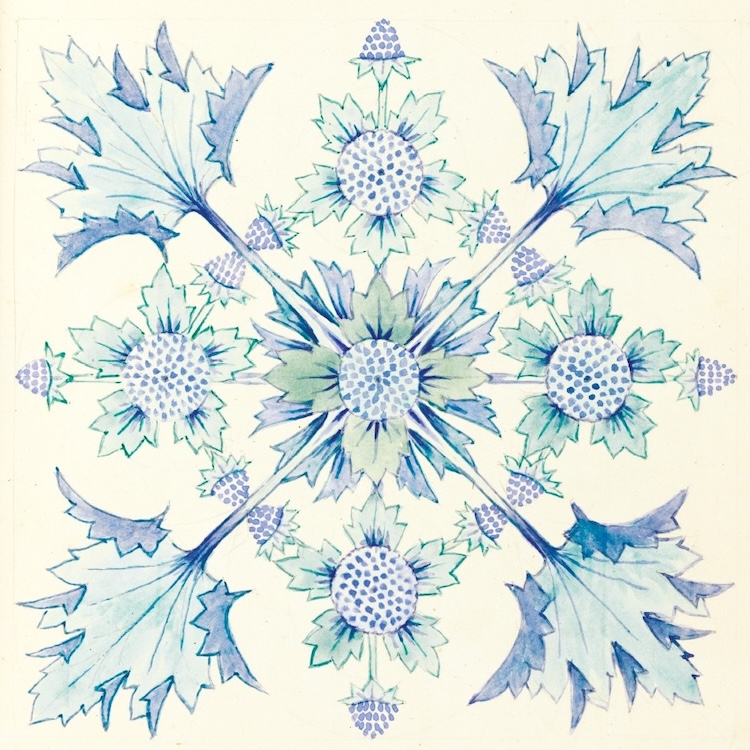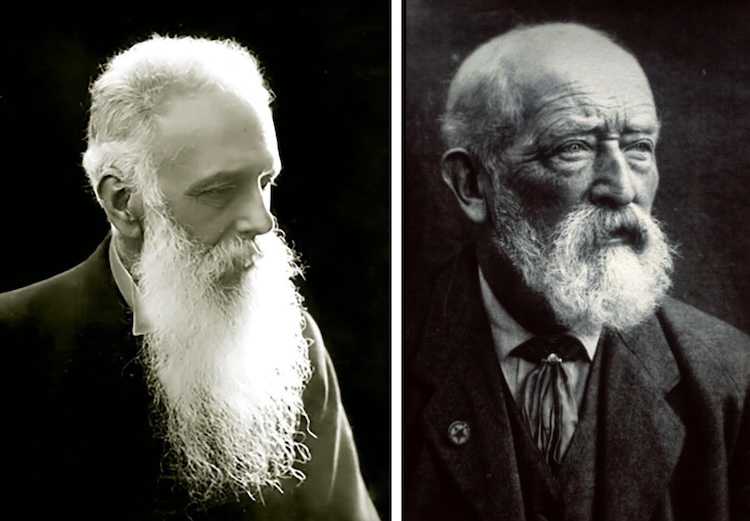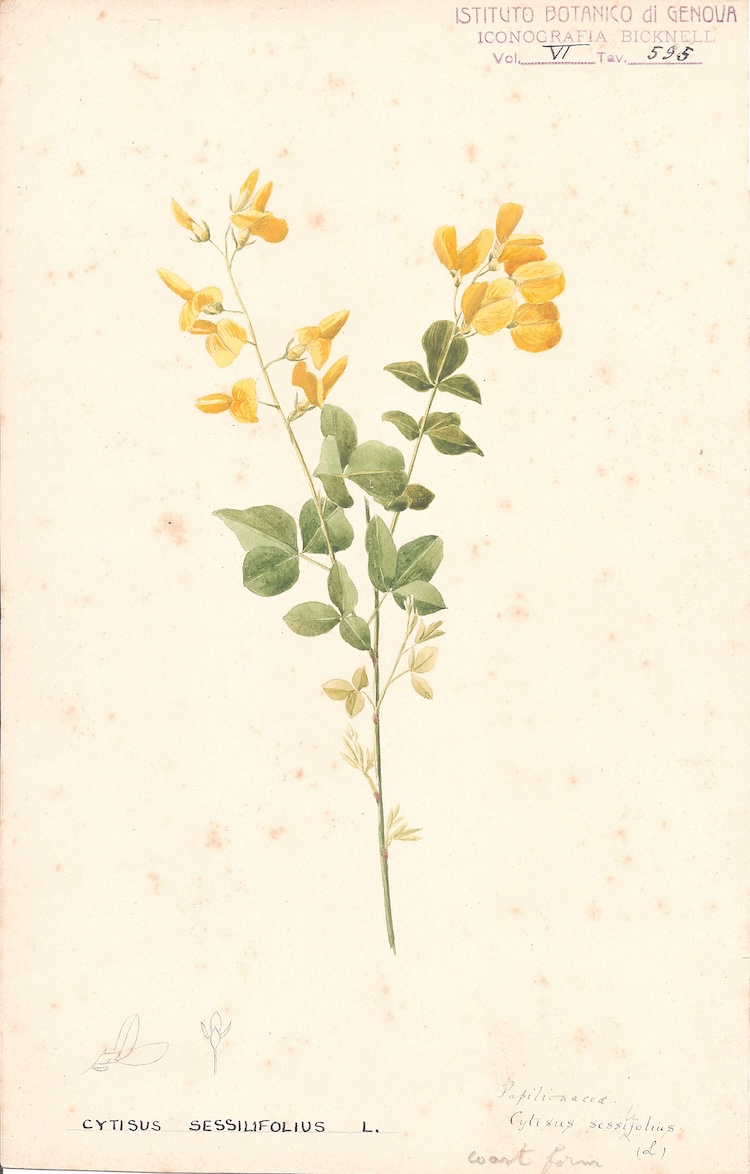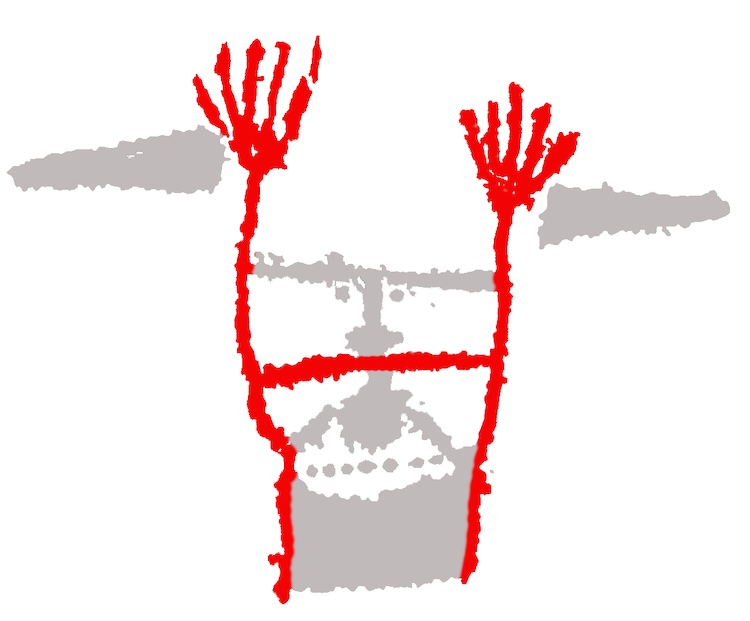Artificial Intelligence avatars show the splendours of the rock engravings of Liguria
Genoa is one of the great visits of our fascinating and history-filled Riviera, the coast where Italy, France, the Mediterranean and the Alps collide. Travel east by train or autostrada and enjoy a long weekend over the year-end to see the sights like the Genoese palaces along the Strade Nuova; the architectural quality of the buildings and the wealth of art inside are such that UNESCO declared it a World Heritage Site in 2006. They’re not the first to recognise its splendours; the great Flemish painter Pieter Paul Rubens published in 1622 his book of drawings of the buildings, proposing them as a model for the residence of every self-respecting aristocrat.
What if one of the great palaces were to put on a unique exhibition, bringing the marvels of the 19th century into our world of artificial intelligence and multi-media? That’s CHRONOS: The Human Footprint and the Anthropocene in the Ligurian Region – 350,000 Years Ago to Now, running from 25 November 2023 to 7 January 2024 at the Palazzo Ducale in central Genoa. Bucking the rule, admission will be free. The University of Genoa has archives brimming with collections from amazing scientists over the centuries but much of it has never been seen in public. Now a new wave of discovery and funding from the Italian Ministry for Universities and Research (MUR) has made it possible to digitise many of the collections and to show a great archaeological discovery with modern display techniques.
Best of all, you will see and hear the two heroes of the story have a conversation with each other, the words based on the letters they wrote each other. The Genoa professor is Arturo Issel and the English ‘citizen scientist’ from Bordighera is Clarence Bicknell (a fluent Italian speaker) who liked Issel so much that he donated to the Università degli Studi di Genova 3,165 rock engraving copies (frottages, or rubbings), his 9 beautiful field notebooks on these rock engravings, 10,000 pressed flowers (herbaria), and 3,428 botanical water-colours (Cytisus sessilifolius from the University of Genoa collection, image below). It was Clarence Bicknell (1842-1918) who spent 12 summers above the 1,000 metre tree line in the Vallée des Merveilles and the Val Fontanalba above Tenda on the French-Italian border (an area which was Italian till 1946), discovered, logged and made copies of some 13,000 rock engravings chipped by shepherds 4,000 years ago into the rock lying flat facing the sun and the storms.
The rock engraving images will document the development of the hunter-gatherers to agriculture, focusing on the images of ploughing with ox carts. The digital images will be projected on a wall of the exhibition, introduced by Clarence Bicknell himself; advanced AI (Artificial Intelligence) enable us to see and hear Clarence Bicknell and Arturo Issel’s hyper-realistic avatars. Visitors will be enchanted by the story of their great friendship and the exchange of materials and knowledge between two great scholars that worked so passionately in Liguria in the late 19th and early 20th centuries.
And what’s with the name of the exhibition? CHRONOS means time. The whole exhibit revolves around the time line between the evolution of Homo sapiens and today, from hunter-gatherers and farmers to the industrial and communications societies of today. The H of CHRONOS is in the form of The Sorcerer (Le Sorcier in French and Lo Stregone in Italian) – a celebrated rock engraving discovered by Bicknell in the high Alps. The two daggers and raised arms are striking symbols of man’s aggressive attitude to the environment.
It will remain open for a couple of months then travel to other towns in northwest Italy, maybe even Bordighera, Ventimiglia, San Remo, Finale, Sestri Levante, etc. But not all the exhibits can travel, notably the originals of the field notebooks, so a trip to Genoa will be worth the effort. I just cannot wait to hear what they have to say to each other and voice they will give my great grand uncle Clarence. If your interest in archaeology has been really stimulated check out the conference on the same subject on 20 December at the Palazzo Ducale, Sala del Minor Consiglio, in Genoa at which I will speak. Email me for more information.

Bicknell developed his botanical watercolours with arts-and-crafts patterns. Holly, from the Fitzwilliam Museum, University of Cambridge
All images courtesy Marcus Bicknell






Leave a Reply